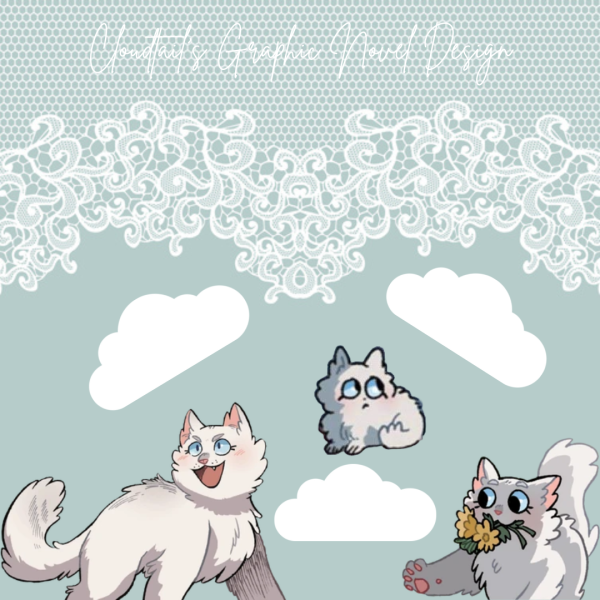The History of Peeps
The history of the most popular non – chocolate Easter candy
Do you have profound memories of the sugary, sweet, marshmallow chicks that seamlessly arrive in Easter baskets every year? Well, I know for a fact that I do. Even as adults, many of us still secretly indulge in the yearly spring-time peep eating, although many of us seem to always express our dislike for them – and rather loudly in fact.
You either love them or hate them; either way, they are most renowned in the springtime of Easter.
These lovely marshmallow treats have one fascinating history, one that includes immigration, innovation, and industrialization.
What is a Peep?
Classic Peeps are a candy made from a simple mixture of sugar, corn syrup, and gelatin. They also include a few other ingredients, such as preservatives & food coloring, but each peep is essentially a chick-shaped marshmallow treat – with wax eyes of course.
A single serving of five peeps only comes to about 140 calories. According to Just Born, they contain no fat but they do include a whopping 30 grams of sugar. That is 60% of the daily value for people on a 2,000 calorie diet.
Peep varieties
Peeps come in various shapes, sizes, and flavors. Shapes include the classic yellow chick, its friend the peep bunny, and various other seasonal offerings. If you keep your eyes peeled, you will notice there are Christmas peeps, Halloween peeps, and every other manner of peeps for the holidays.
The specialty peeps flavor goes from chocolate to fruit, including:
- Coconut
- Raspberry
- Strawberry
- Sour Watermelon
- Fruit Punch
- Fruit Loops
- Hot Tamales
- Cotton Candy
- Pancakes & Syrup
- Root Beer Float
- Party Cake (aka confetti cake)
- Chocolate pudding
- Chocolate caramel swirl
The Peeps candy makers dip some varieties in chocolate or fudge, inject others with ganache, or just dust them with chocolate sprinkles.

The History of Peeps
In 1910, a young Jewish man named Sam Born fled antisemitism in his home country of Russia and immigrated to the United States.
The 19-year-old Born came from a family of chocolatiers and went to work in Brooklyn new York, plying the family trade.
But our soon-to-be Peep maker was very incredibly inventive. In 1916, Born invented a lollipop machine. His, and I quote, “Born Sucker” machine automatically inserted sticks into hard candy. He then followed up with improvements to the process of making chocolate sprinkles and chocolate coatings.
By 1923, he had saved enough money to open his own retail store, which he called “Just Born.” Both a play on his name and to the freshly made candies that were made fresh every day.
Over the next few years, Born continued to expand and purchase competitors’ brands. He moved production to a massive factory in Bethlehem, Pennsylvania. In 1940, Just Born began producing another popular candy you’ve heard of, Mike and Ike. A decade later, they introduced Hot Tamales (which – by the way – has also inspired a Peeps flavor).
The Rodda Candy Company
The Rodda Candy company was based right down the road of the Just Born retail store in Lancaster, Pa. The Rodda Candy Company was best known for its jellybeans and received great praise for its efficient jellybean-making process. Just Born purchased the company in 1953 and started to incorporate their techniques in their own candy line.
While being most well known for their jellybeans, they had also been developing a side project. A line of three-dimensional marshmallow chicks… sound familiar? I sure hope it does. These chick-shaped marshmallow treats even had wings, also known as peeps.
Although the customer at the time loved the original Peep, they, unfortunately, took forever to make. The workers mixed all the ingredients by hand, then squeezed each peep through a pasty tube to form the individual marshmallows.
It took a team of a dozen workers 27 hours to produce one single batch of peeps. Did these people even sleep? The world may never know.
Purchasing, Automating & Expanding Peeps
The original Peeps, as you know, were handmade, but Sam Born’s son, Bob Born, came up with a way to automate the process, sending the marshmallows out the pastry tubes in a record time. Taking the princess from 27 hours to just 6 minutes!
The Chick shaped marshmallows lost their wings in the process, but it was one step closer to them becoming an annual staple on the Easter baskets around all of America.
Over the following decades, Born rolled out a ton of new varieties, sizes, and flavors of peeps.
Peeps have long been the favorite non – chocolate easter candy. Despite all the modern designs of our little marshmallow friends, 70% of them are still sold around easter.
Thanks for reading, I hope you enjoyed the history of Peeps.

My name is Gabriel Josefowicz, and this is my second year writing for the school newspaper at GNA. This year I am a senior, and I have attended school...












